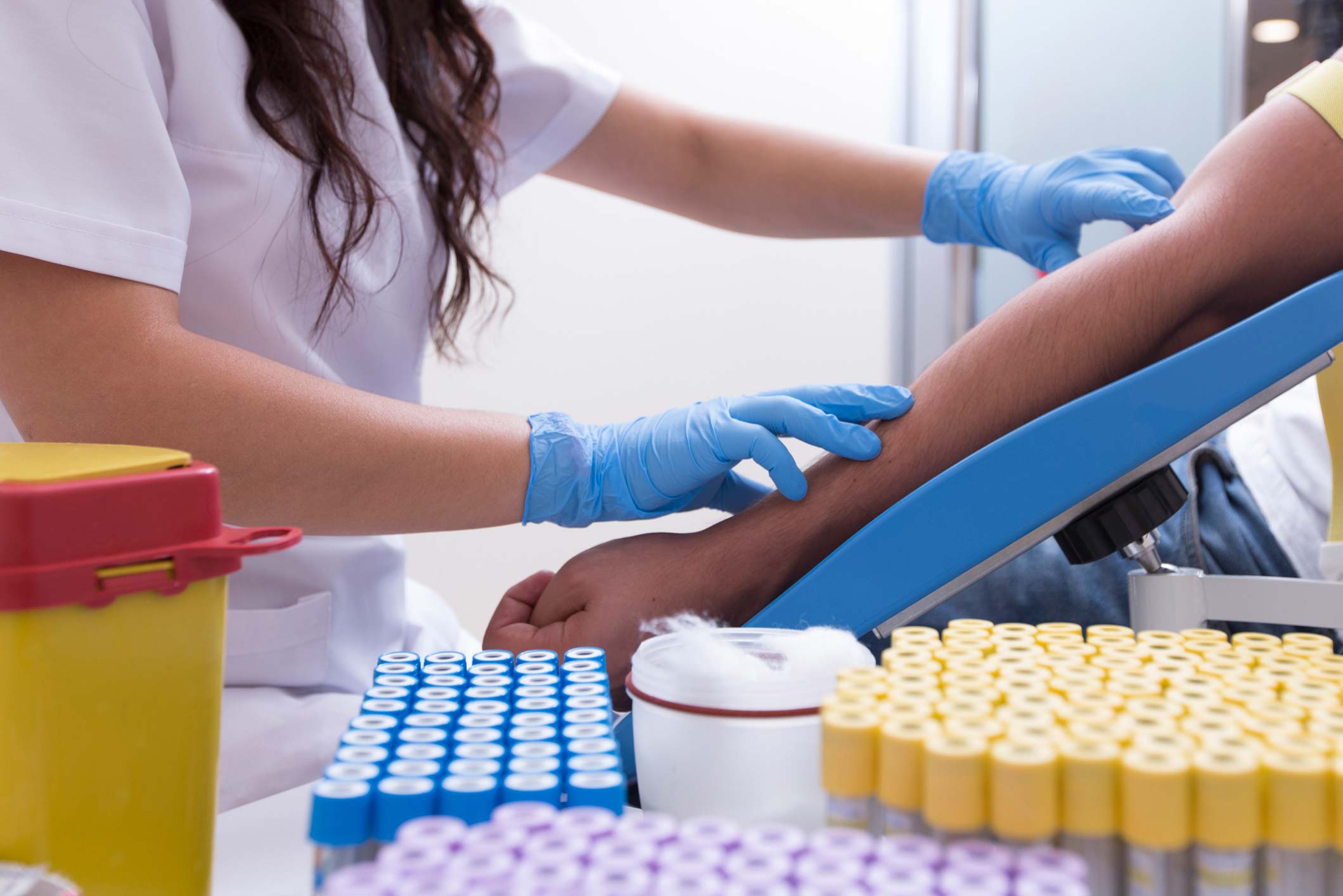
Denosumab is a very effective treatment for severe osteoporosis/bone loss with high patient satisfaction and adherence rates; however, patient selection is important, the IOS 2022 Annual Medical Conference heard.
While the six-monthly subcutaneous injection is a very potent treatment, its effects can wear off very quickly if stopped suddenly (rebound), rapidly increasing fracture risks.
During her presentation on its usage, Dr Rosie Lannon, Consultant Physician in Geriatric Medicine, St James’s Hospital, Dublin, quoted data from the FREEDOM trial, highlighting the positive impact of denosumab on bone mineral density (BMD), and reduction in fracture risk.
When deciding if it is right for a patient, she advised taking an individualised approach.
A rare risk factor with denosumab, like bisphosphonates, is the development of osteonecrosis of the jaw (ONJ); however, the very few cases identified so far have largely been associated with dental/jaw surgery.
A key question with denosumab usage is when, or if, to stop, Dr Lannon acknowledged.
The optimal duration of denosumab is unknown, she noted, adding that while there is a lack of published evidence for its benefit beyond 10 years, the continued benefit and low risk of adverse events seen in the FREEDOM and Extension study at 10 years “are reassuring”.
However, while ONJ and atypical femoral fractures are rare, the number of cases thus far are too low to estimate the risk associated with prolonged (post-10 years) denosumab treatment. This means prescribers have been left uncertain regarding the risk:benefit of longer-term treatment.
“The optimal duration should be guided by clinical judgement and re-evaluation of fracture risk… when starting denosumab you do have to be prudent and pragmatic about how long the patient may be on it.”
If stopping denosumab, it must be done in a carefully planned, structured way, given the increased fracture risk once it wears off, she stressed, with administration of follow-on therapy (zoledronic acid by IV or oral bisphosphonates) and monitoring of BMD/bone turnover markers vital.
Dr Lannon also clarified that patients on denosumab should not be put on ‘drug holidays’ from the medication, as rapid rebound bone loss places such patients at high risk of fractures. The 2020 and 2021 IOS Annual Medical Conferences heard that denosumab stoppage/delays had been a particular issue during the Covid-19 pandemic, despite guidelines to continue scheduled injections as a priority.
Prof O’Brien echoed Dr Lannon’s comments, saying that the message needs to be very clear about the risks to patients if breaks are taken in denosumab. “There should absolutely not be any drug holidays with denosumab,” she said.
Concluding, Dr Lannon summarised her take home message as: “Pick your patients, make sure no doses are missed, and have a strategy for if or when stopping, and counsel on the risk of rebound.”
Meanwhile, in a separate presentation, Dr Eimear Mooney, Specialist Oral Surgeon Registrar, National Maxillofacial Unit, St James’s Hospital, discussed the risks of ONJ when taking bisphosphonates and denosumab, and how to minimise them. “Medication-related ONJ is a severe debilitating disease with significant detrimental consequences on the quality-of-life for those affected.”
She stressed that “prevention is key”, and patients must be proactive with their dental health and address any issues before commencing bisphosphonates or denosumab, and have regular dental reviews while on treatment to ensure avoidance/early detection of dental issues.
When dental work is needed while on osteoporosis treatment, patients must be adequately advised on the risks involved, with an individualised risk assessment and shared decision-making approach with the physician treating the patient. In general, when a patient is on denosumab, dental work being done when a patient has been on it 5.5 months is the optimal time, as it is at its lowest level, prior to the follow-up injection. Regarding oral bisphosphonates they can still be in a patient’s system several years after stopping them.





Leave a Reply
You must be logged in to post a comment.